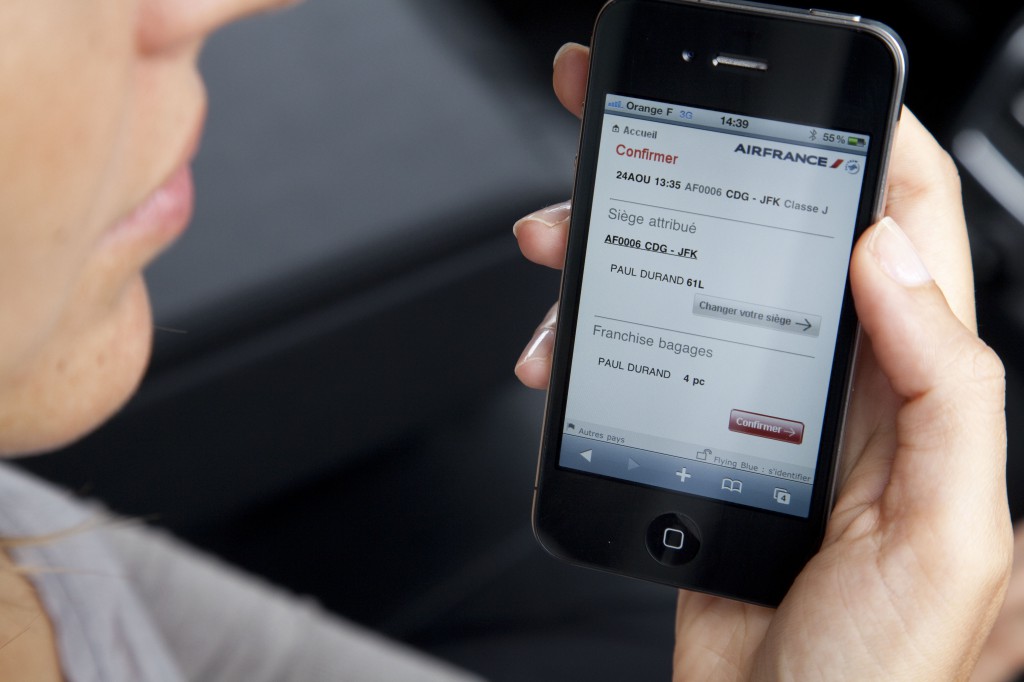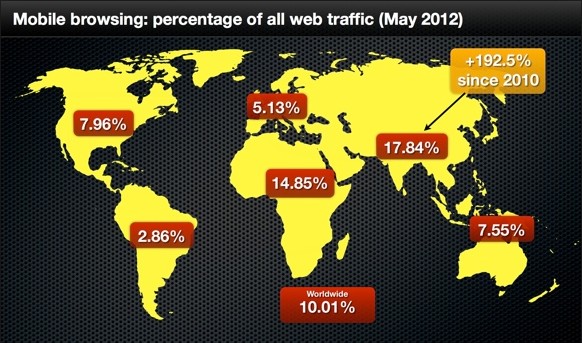Security Of Mobile Internet Connections From The Inside: How It Works?

With a wast development of mobile GSM networks mobile Internet develops and grows too. We've already got used to an ordinary Internet, based on TCP/IP protocol, but how mobile Internet works? Today we at Jammer-Store Inc. will explain you how that works and see, if there are some vulnerable spots out there. Also we'll try to find out how to avoid them and protect the data that you send with mobile Internet connection.
Procedure steps
In order to connect mobile Internet network, you smartphone has to “know” just three parameters, they are: APN, login and a password. APN is an access point, which is used by a particular user to get to the needed service, such as WAP, MMS or the Internet. The whole connection procedure goes in two steps:
1. GPRS Attach;
2. PDP Context Activation.
GPRS Attach
At the first phase (GPRS Attach) your smartphone or a table, it doesn't really matter starts to communicate with your carrier's network. Then your smartphone must be authorized by the following parameters: IMSI (International Mobile Subscriber Identity) and IMEI – to identify your device. Be advised, that at that point IMEI is also checked in the list of the stolen IMEI's and if the guy who've stolen your phone will try to access the Internet – police will be notified.

PDP Context Activation
So, you are authorized in the network, it's time for the step #2. Well, PDP Context Activation is a procedure of creating a network tunnel between your smartphone, the gateway and the carrier's network. After that you are able to access the web. But be careful, mobile Internet is even more dangerous than the traditional one. Websites may gather your personal data too.
Mobile protocols
You should know that there is no actual TCP/IP protocol in the mobile Internet, all the data is transferred with GTP protocol, it is also use for server to server communications in the cellular network. There are several types of GTP protocol: GTP-U – for transmitting data, GTP-C to control sessions and GTP` (GTP Prime) – to transfer billing information. That protocol is the weakest point of the whole system, because the data is not encrypted and it doesn't need any authentication.
That enables hackers to cut into sessions and intercept the data packages. All you need to know is the GGSN (Gateway service node) identifier. But that is not a problem too – if you'll type GGSN in Shodan – you'll get plenty of those.

Possible damages
The possible damage, that may be caused by that vulnerability is obvious and it may be great. Many people believe that mobile Internet is as safe as their home connection and do not hesitate to send personal and sometimes really valuable data over it. A great share of users access their bank accounts from their smartphones, but that is dangerous – just check safe mobile banking rules.
So, what can we do to make sure that our personal information will be safe, even in carrier's network? First of all, it will be wise to avoid sending sensitive data in that unreliable way. Keep your antivirus app updated, because lots of malicious apps access the web and may compromise you. Also, mobile Internet jammer may be useful, because you may never know if your smartphone is infected. Keep your personal data safe!






